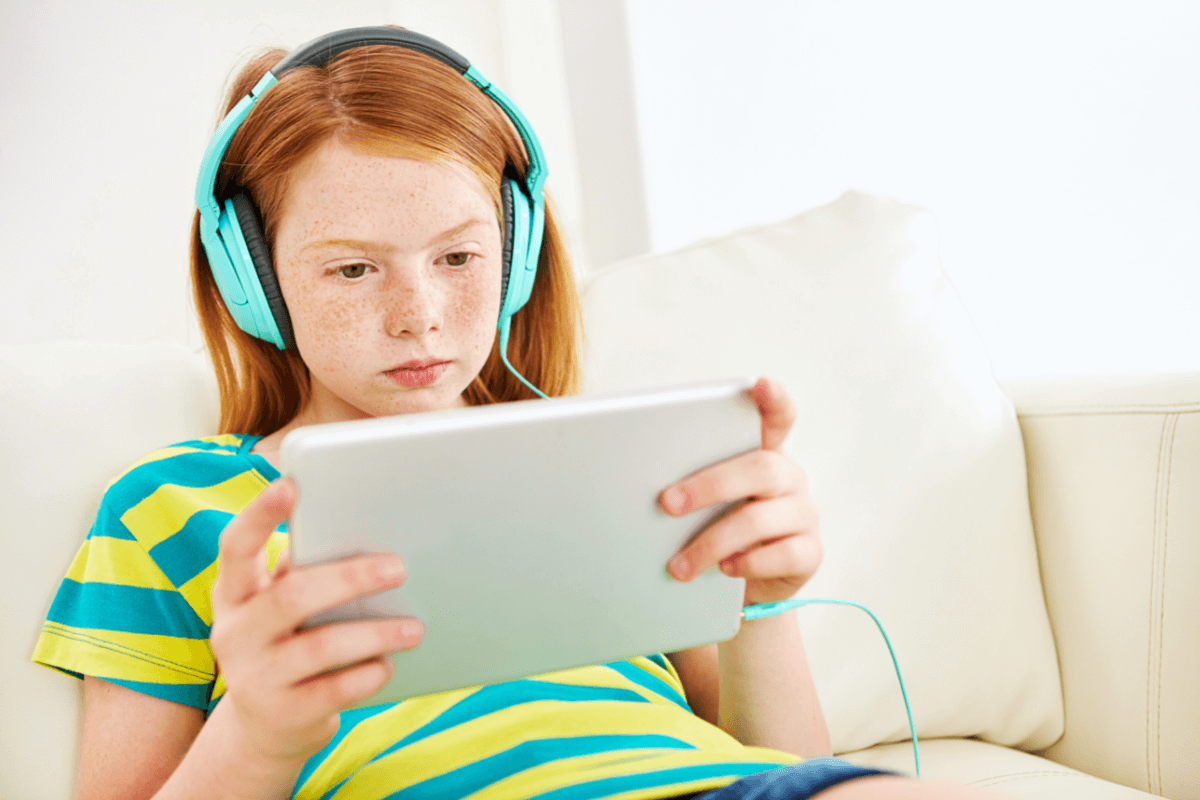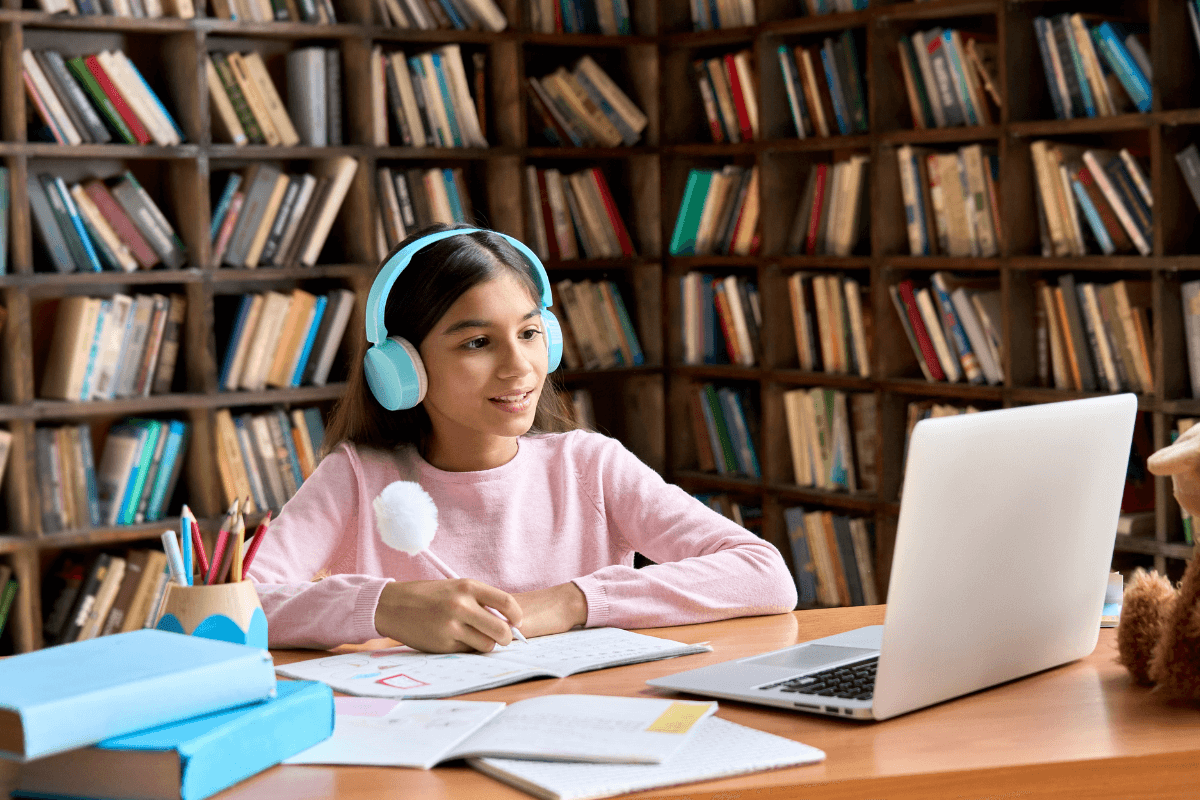The COVID pandemic has changed the way students live, learn, and visit with their friends. They have logged online to attend school, played online games, and visited with grandparents over video chat. This is the first generation of children to be so reliant on screen time and for students to show a gap in learning due […]



